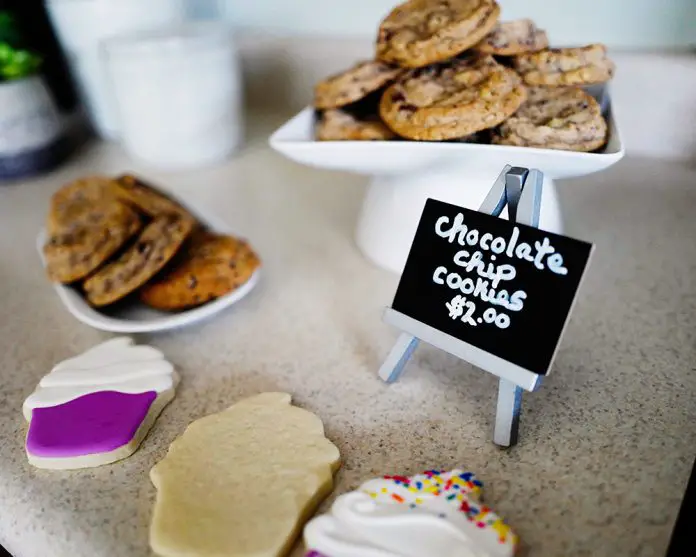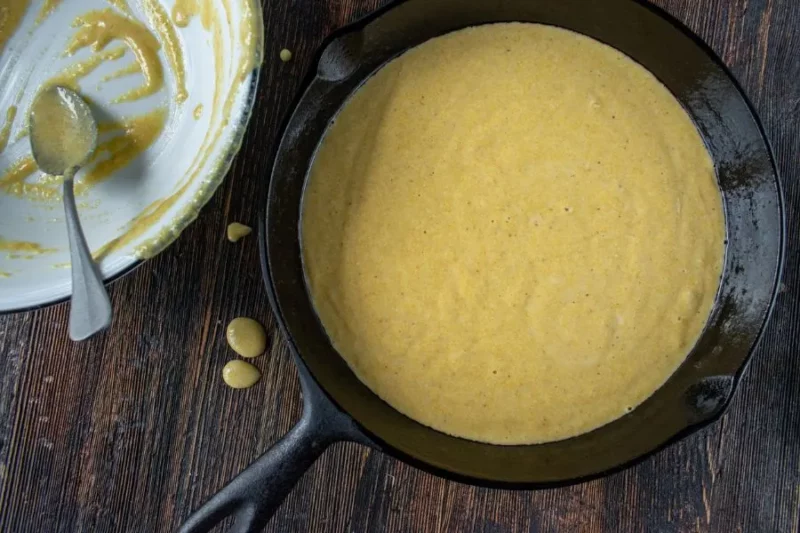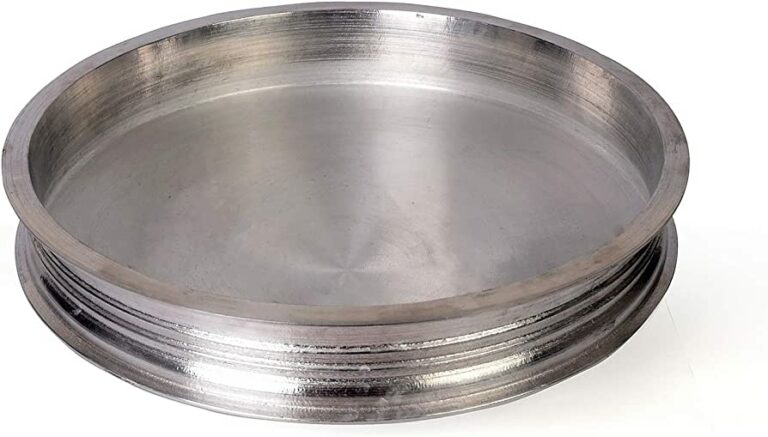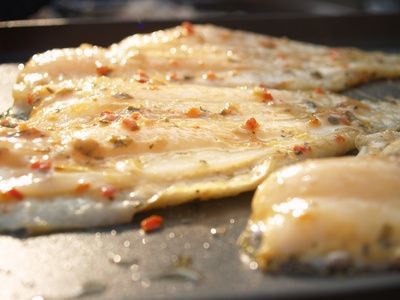Bake sales have been a popular way to raise money for school fundraisers, charity events, and other non-profit organizations. The purpose of a bake sale is to offer homemade treats while raising funds for a cause. One important aspect of a bake sale is pricing the items correctly. Pricing items too high could turn customers away, and pricing them too low could prevent you from reaching your fundraising goals.
Factors to consider when pricing bake sale items
When deciding how much to charge for each baked item at a bake sale, several factors must be taken into account:
Cost of ingredients used
The cost of ingredients used in baking may have an impact on determining the price of baked goods. Typically, if the ingredient costs are higher, then the item’s price should be increased accordingly.
Time and effort spent in baking
Consider the amount of time spent making each recipe and the effort put into creating a tasty treat. Faster-baking recipes require less time than those that take longer.
Type of item (e.g., cookies, cakes, bread)
Different items may require varying amounts of ingredients or preparation time. For instance, some types of cakes can take longer to make compared to cupcakes.
Quality of ingredients and finished product
Suppose high-quality ingredients are used in baking baked goods. In that case, customers are expected to pay more for them since they will get superior quality products.
Local market prices
Knowing what other local markets charge for similar items can help determine whether your prices fall within acceptable ranges or will need adjustments.
Different Pricing Strategies for Bake Sales
Various price-setting strategies exist when it comes to determining how much you should charge for baked goods at a bake sale.
- Fixed Price per Item
A fixed price strategy charges one predetermined cost for all bakery products sold at an event such as $2 per cookie or $5 per brownie.
Pros: This strategy is simple & straightforward and eliminates the need for calculations during the selling process.
Cons: The price may not reflect the amount of time, skill or ingredients needed to make each item, making it difficult to adjust pricing depending upon input costs.
When to use this strategy? Fixed prices best suit bake sales of small scale with uniform products that have a minimal variation in input cost. Therefore, this pricing strategy is ideal when you want to keep things simple and maintain fast customer transactions (such as at a school event).
- By Weight or Quantity
This method calculates prices based on the actual weight of the baked goods, which requires an electronic scale. For example $10 per pound of mini muffins or $4 per cookie dozen.
Pros: This pricing method gives consumers more choices; customers can purchase only what they desire. By calculating items by weight or quantity creates value both for those who wish to sample various offerings while creating accurate pricing for input expenses.
Cons: Items are not priced consistently nor beneficially compared to fixed-pricing models as recipes with larger portion sizes may come across as costly and lead customers leaving without a product purchase.
When to use this strategy? By using this method when your pastry products vary significantly in size and input costs. For example, if you’re providing large carrot cakes baked in 9 inch pans along with some petite petit-fours—pricing them together seems unfair. Pro-tip: This approach works well with high-end bakeries producing artisanal bread loaves that range significantly in size.
- Pricing Based On Recipe Cost And Markup Percentage
Markup percentage over recipe cost focuses on charging enough for each baked good item to recover all losses covering ingredient premises overhead .
To decide what price margin percentage suits your bakery needs, consider variable elements like market trends and how much your spending has increased since you initially established dollar amounts last year (e.g., adding rents or increasing insurance costs).
Pros: Pricing based on recipe cost and markup percentage provides the business with a flexible pricing model, which helps cover all costs while also ensuring reasonable profits.
Cons: The amount becomes difficult to calculate since it requires knowledge of ingredient costs, time spent baking, packaging fees. Therefore this approach takes much more time to plan than other techniques.
How To Calculate Cost And Markup Percentage?
Calculating markup price starts by figuring out your recipe’s entire cost, including ingredients and overhead expenses. Then participants accumulate their amount of overhead expense by discovering all the monetary expenses associated with running their business like rent, utilities insurance fees, etcetera.
Markup Percentage = (Price – Cost)/Cost x 100 %
Tips for Successful Pricing at a Bake Sale
When it comes to pricing baked goods during bake sale events successfully, here are some tips:
- Keep target audiences in mind when deciding on price ranges. Consider setting $2 prices less per item for young children compared to $10 items priced for corporate buyers
- Label each product explicitly and properly in its designated spot
- Provide deal bundles like Buy 6 Cupcakes & Get One Additional Free
Common Baked Goods & Recommended Prices
Ensure that items fall within acceptable price ranges if kept uniform for repeat purchases or advance orders depending on your interest rate.. Let us say a chocolate chip cookie could be sold within $1 to $2 individually or $7-$20/per dozen, brownies where products can average from $6-$10 per pan while cake slices range top above these prices.
Cookies
Sold individually at prices ranging from one dollar to two dollars or by the dozen with an average of seven dollars up to twenty dollars.
Cupcakes
Sold either as single items or as half dozen servings costing between two dollars and four dollars per unit or an overall pricing average of ten dollars up to twenty-two dollars per half dozen.
Brownies
Usually, items sold individually cost one dollar to three dollars. Therefore expect $6-$12 fees for entire trays versus single item purchases of brownies.
Conclusion
If you’re planning a bake sale fundraiser or event, it’s essential to price baked goods correctly. Considering the factors determining pricing, different pricing strategies that include fixed prices, weight/quantity-based prices, and recipe expense with markup percentages can all be ideal approaches determined by specific ingredient and market requirements best suited toward generating profits, ultimately achieving your fundraising goals. Don’t forget to label each product and offer bundle deals; now go out there and have fun while raising money for a good cause!
Q&A
Q1. What are some factors to consider when pricing items for a bake sale?
A: Various factors can influence the final price of baked goods at a bake sale. The cost of ingredients, time and effort involved in preparing the treats, the size and portion of each item, and its popularity among buyers are all factors that should be considered while setting up prices.
Q2. Is it appropriate to price homemade baked goods higher than store-bought items?
A: Yes, it is perfectly acceptable to mark up homemade baked goods compared to store-bought ones. Homemade items usually involve higher-quality ingredients, have a personal touch, and require more effort on part of the baker. These factors make them worth a higher value and often justify a slightly higher price tag.
Q3. How do you decide on prices for specialty items like vegan or gluten-free treats?
A: Specialty items like vegan or gluten-free treats may require more expensive ingredients than traditional baked goods, making their production cost relatively high. In such cases, potential customers should understand why these products are priced higher than regular baked goods. A good rule of thumb is to add an additional 20-25% markup to custom-made products that offer exceptional quality or health benefits.
Q4. What is a good strategy for increasing profits without affecting sales at a bake sale?
A: One way to increase profits without hurting sales is by offering multiple purchase options like combo deals or bulk discounts that incentivize buyers to purchase more than one item at once. Another valuable approach is to adjust product sizes by reducing portion sizes or using smaller baking molds that allow for more portions per batch while preserving prices for individual units at original levels.




